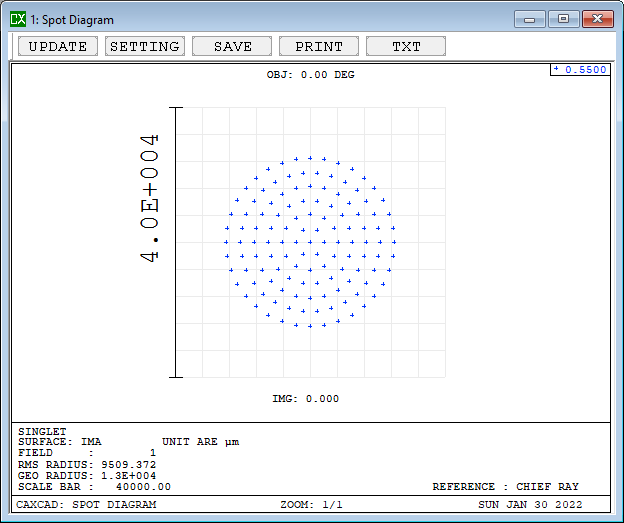A singlet refers to a single optical element, typically a lens, that is used in optical systems. Unlike compound lenses, which consist of multiple lens elements, singlets are composed of only one piece of optical material. Singlets are often used in simple optical setups where cost, size, or weight constraints are significant factors, or in applications where aberrations can be effectively controlled using a single optical surface.

In photography, singlet lenses were historically common due to their simplicity and low cost. However, they often suffer from optical aberrations such as spherical aberration, chromatic aberration, and coma, which can degrade image quality, especially towards the edges of the image. As a result, compound lenses, consisting of multiple lens elements, are more commonly used in modern camera lenses to correct these aberrations and improve overall image quality.
In optical engineering and design, singlet lenses may still find applications in specific scenarios where their simplicity and cost-effectiveness outweigh their limitations in optical performance. Additionally, singlet lenses are sometimes used as components in larger optical systems, such as laser systems or scientific instruments, where their optical characteristics can be adequately controlled and integrated into the overall system design.
- EPD 25mm
- EFL 100mm
- Field: 0 Angle
- Wavelength: 0.55um
- MF Target: RMS Spot Radius
System Aperture

Field Data
 \
\
Wavelength Data

Lens Data

3D Layout

Spot Size

Merit Function

Multi-Start to get the start design automaticly


We can also try the second one


Automatic for DLS Optimization


Get the Result


Input the "FIR" in the command window, we can get the first order data.

Short Video